Training a naturally stubborn cat might seem like a daunting task, but it’s not impossible. Cats, known for their independent nature, often leave their owners puzzled when trying to teach them new tricks or behaviors. However, with the right approach, you can tap into their intrinsic curiosity and intelligence. In this article, we’ll explore the art of training your feline friend using positive reinforcement. This method not only brings about desired behavior but also strengthens the bond between you and your pet.
Understanding Cat Behavior

Cats are fascinating creatures with a unique set of behaviors. They are independent, curious, and sometimes a bit aloof. Understanding these characteristics is crucial before embarking on any training journey. Cats often act out of instinct, and their stubbornness is sometimes a defense mechanism. By recognizing these traits, you’ll be better equipped to work with them rather than against them. It’s also essential to remember that each cat is different, so what works for one might not work for another.
The Power of Positive Reinforcement
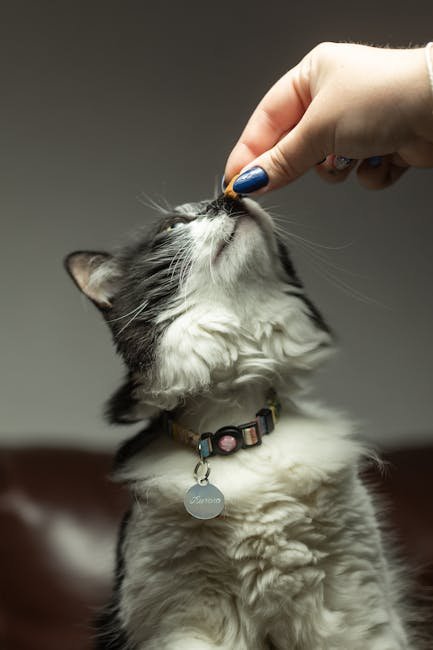
Positive reinforcement is a training technique that rewards desired behavior, encouraging the cat to repeat it. This method is particularly effective for stubborn cats, as it focuses on their strengths rather than their weaknesses. Unlike punishment, which can lead to fear and anxiety, positive reinforcement builds trust and confidence. It’s about rewarding the good, ignoring the bad, and being consistent. For example, when your cat uses the scratching post instead of the sofa, reward them with a treat or affection.
Choosing the Right Rewards

The success of positive reinforcement depends largely on the rewards you choose. Cats, like humans, have preferences. Some might be motivated by treats, while others respond better to playtime or affection. To determine what your cat values most, observe their behavior and reactions. Once you’ve identified the right reward, use it consistently to reinforce desired actions. Remember, the reward should be immediate, so your cat associates it with their behavior.
Setting Clear Goals

Before you begin training, it’s essential to set clear, achievable goals. What do you want your cat to learn? Whether it’s using the litter box, coming when called, or sitting on command, having a clear objective will guide your training sessions. Break down complex behaviors into smaller, manageable steps. For instance, if you’re teaching your cat to sit, start by rewarding them for simply approaching you. Gradually, increase the criteria until they perform the desired action.
Creating a Positive Environment

The environment in which you train your cat plays a significant role in their success. Ensure the surroundings are calm and free from distractions. A stressed or anxious cat won’t be receptive to training. Make the training area inviting and comfortable. Consider using a specific room or corner of your home where your cat feels safe. The more positive the environment, the more likely your cat will respond favorably to training.
Timing is Everything
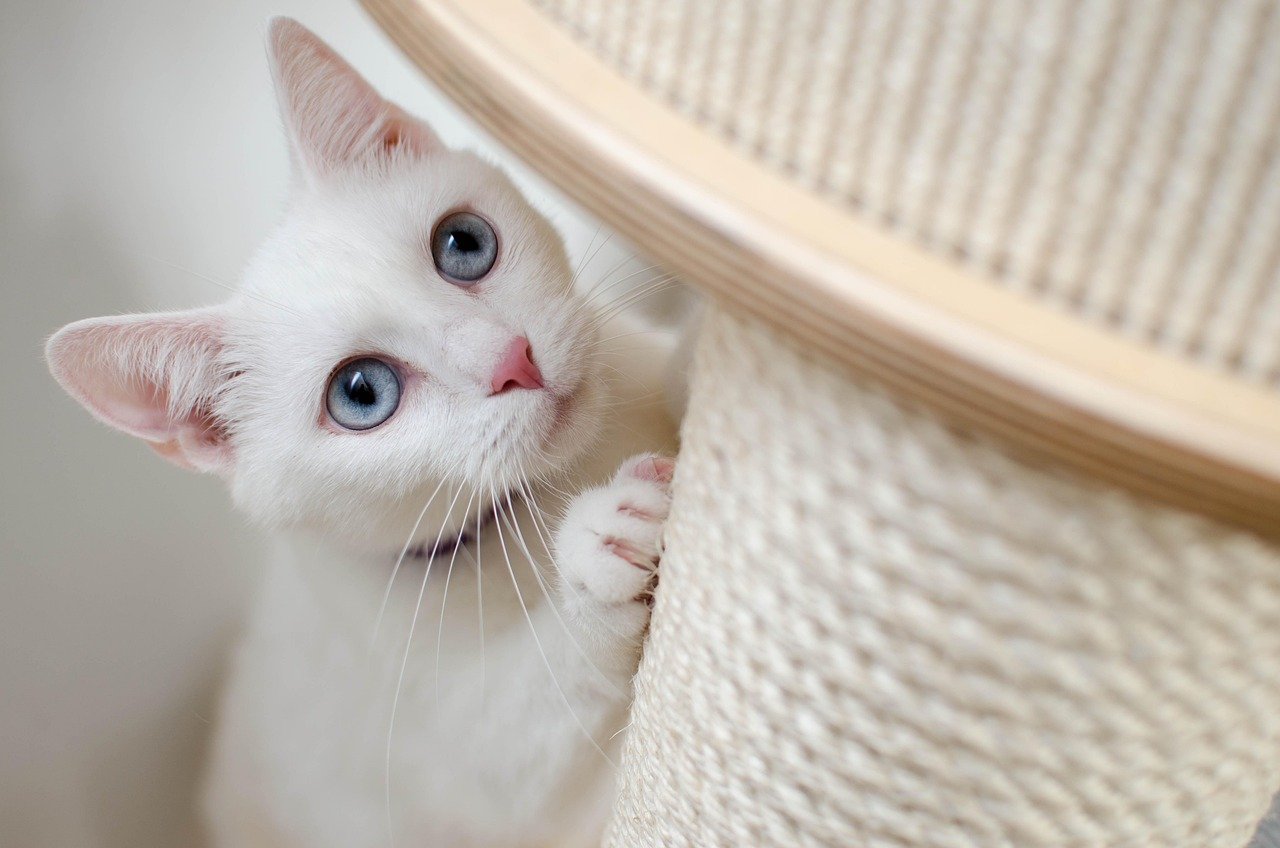
When it comes to training, timing is crucial. The best time to train your cat is when they’re calm and relaxed, not when they’re hungry or overly energetic. Morning or early evening sessions often work well for most cats. Keep the sessions short, around 5-10 minutes, to maintain your cat’s interest. Consistency is key, so try to train at the same time each day. This routine helps your cat understand when it’s time to learn.
Using Clicker Training

Clicker training is a popular method that pairs a distinct sound with a reward. The clicker serves as a marker that lets your cat know they’ve done something right. This technique is particularly effective for cats, as it provides immediate feedback. Start by associating the clicker sound with a treat. Once your cat understands the connection, use the clicker to mark desired behaviors. Over time, your cat will learn to associate the click with positive actions.
Patience is Key
Training a stubborn cat requires patience and persistence. It’s essential to remember that progress might be slow, and setbacks are normal. Don’t get discouraged if your cat doesn’t pick up a new behavior right away. Celebrate small victories and remain consistent in your approach. Your patience will pay off in the long run, as your cat gradually learns new skills and behaviors.
Recognizing and Reinforcing Progress

As you train your cat, it’s important to recognize and reinforce their progress. Celebrate even the smallest achievements to keep both you and your cat motivated. Consistently reward desired behaviors, and be mindful of the signals your cat gives you. They may not be able to speak, but their body language and actions can tell you a lot about how they’re feeling. By staying in tune with your cat, you’ll know when they’re ready to take the next step.
Handling Setbacks Gracefully
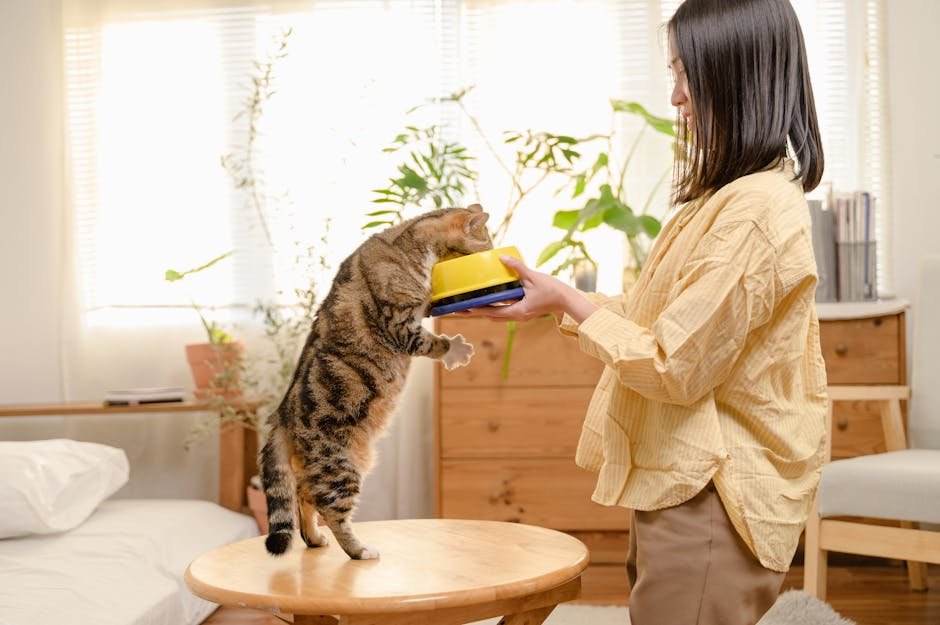
Setbacks are a natural part of any training process. If your cat regresses or refuses to perform a learned behavior, don’t panic. Instead, evaluate the situation to determine the cause. It could be a change in environment, stress, or simply a lack of motivation. Adjust your approach accordingly and remain patient. Remember, training is a journey, not a destination. With persistence and understanding, you and your cat will overcome any obstacles.
Building Trust and Bond
Training is not just about teaching new behaviors; it’s also about building a stronger bond with your cat. Through positive reinforcement, you’ll establish a relationship based on trust and mutual respect. This bond will make future training sessions more enjoyable and effective. As your cat learns to trust you, they’ll be more willing to engage and try new things. Ultimately, training becomes a shared experience that strengthens your connection.
Understanding Your Cat’s Limits

While it’s important to challenge your cat, it’s equally essential to understand their limits. Pushing your cat too hard can lead to frustration and resistance. Pay attention to their cues and adjust your training methods accordingly. Some cats might need more time to learn a behavior, and that’s perfectly okay. Respecting your cat’s boundaries will ensure a positive training experience for both of you.
Incorporating Play into Training
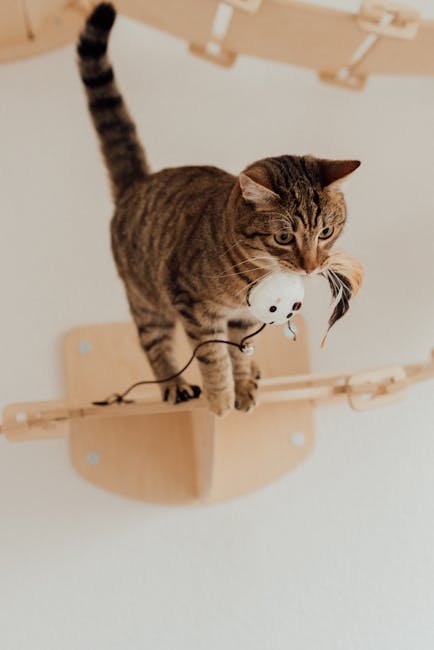
Cats love to play, and incorporating play into your training sessions can make the process more enjoyable. Use toys and games to engage your cat and reinforce desired behaviors. For example, if you’re teaching your cat to come when called, use a favorite toy as a reward. Playtime can serve as both a motivator and a bonding experience, making training feel less like work and more like fun.
Encouraging Consistency Among Family Members
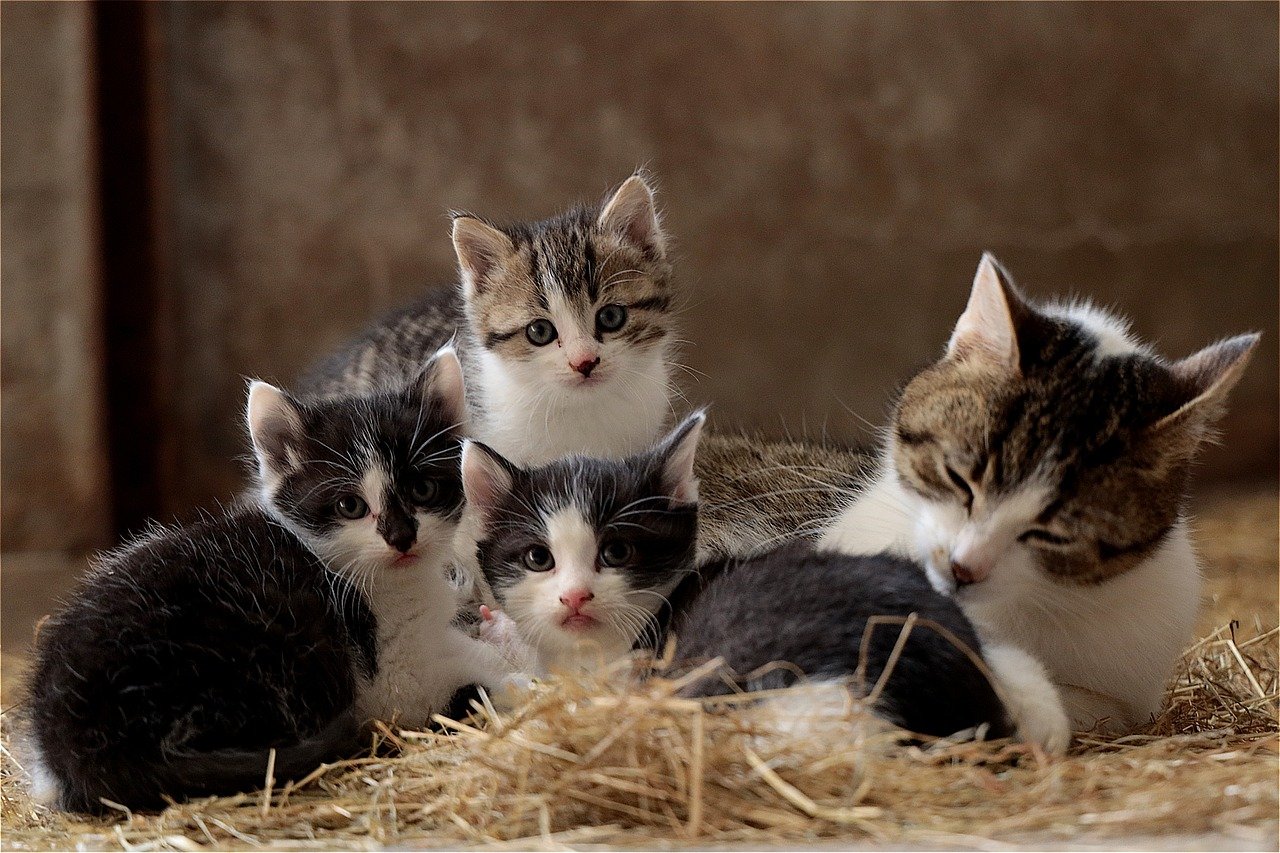
If you live with others, it’s crucial to ensure consistency in your cat’s training. Communicate your training goals and methods to all family members, so everyone is on the same page. Inconsistent messages can confuse your cat and slow down their progress. By working together, you can provide a unified approach that reinforces desired behaviors and helps your cat learn more effectively.
Adapting to Your Cat’s Personality

No two cats are alike, and their personalities can greatly influence the training process. Some cats are more social and eager to please, while others are more reserved and independent. Adapt your training techniques to suit your cat’s unique personality. Be flexible and open to trying different methods until you find what works best for your feline friend.
Celebrating Successes
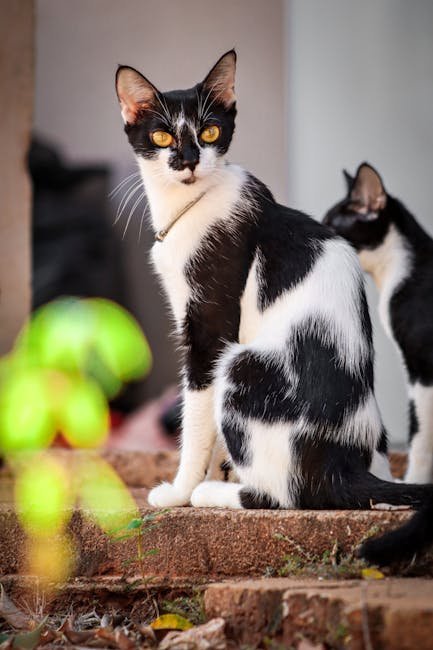
As your cat progresses in their training, take time to celebrate their successes. Whether it’s mastering a new trick or simply improving their behavior, every achievement deserves recognition. Celebrating these milestones will boost your cat’s confidence and motivate them to continue learning. It also serves as a reminder of how far you’ve both come on this training journey.
Ensuring Long-term Success

Training doesn’t end once your cat has learned a new behavior. To ensure long-term success, continue to reinforce desired actions regularly. This ongoing reinforcement will help solidify the behavior and prevent regression. Keep training sessions fresh and engaging to maintain your cat’s interest. By committing to your cat’s ongoing development, you’ll foster a well-behaved and happy companion.
Seeking Professional Help
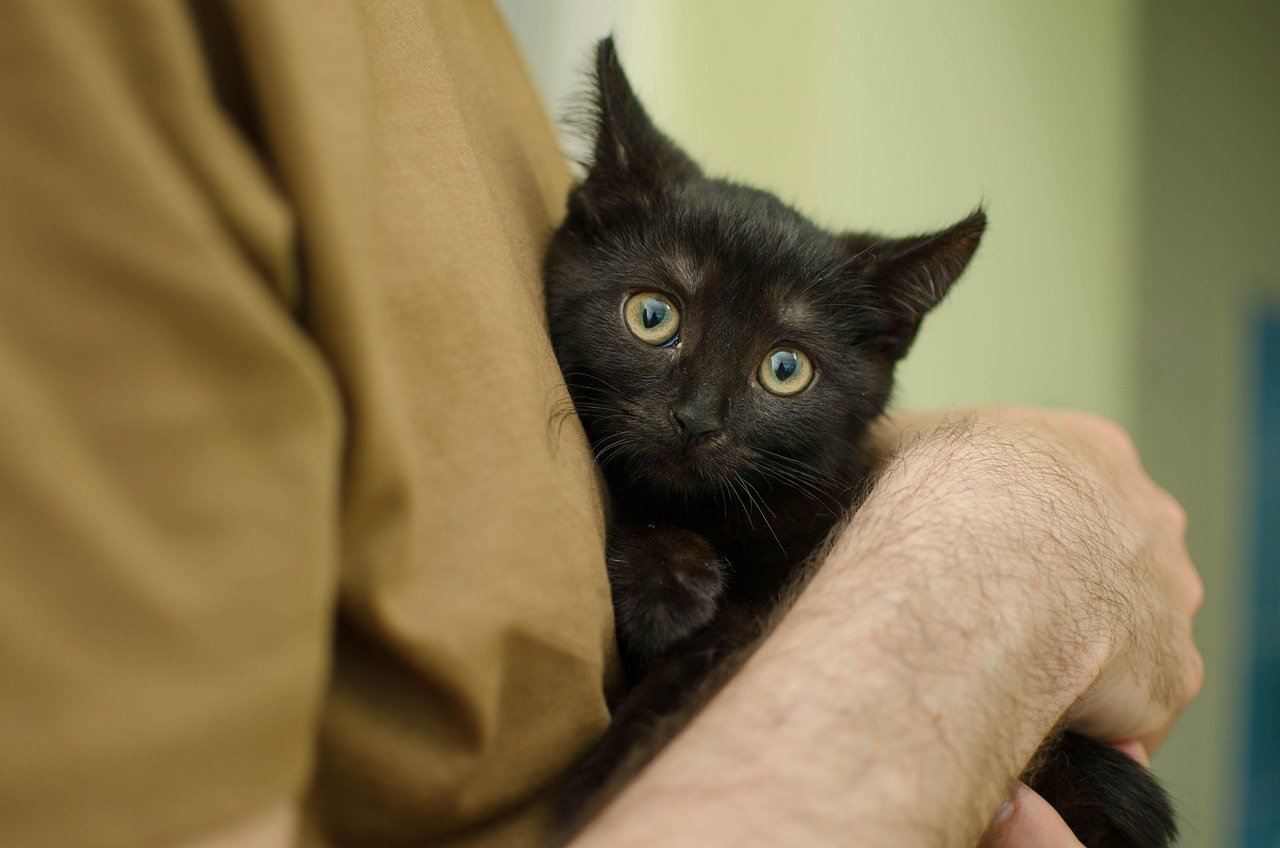
If you’re struggling with training or facing specific challenges, don’t hesitate to seek professional help. A certified cat behaviorist or trainer can offer valuable insights and guidance tailored to your cat’s needs. They can also provide support and encouragement as you navigate the training process. Remember, seeking help doesn’t mean you’ve failed; it simply means you’re committed to providing the best for your cat.
Embracing the Journey

Training a naturally stubborn cat with positive reinforcement is a rewarding journey filled with challenges and triumphs. It’s an opportunity to deepen your bond with your feline friend and witness their growth and development. Embrace the process with patience, consistency, and love, and you’ll find that your efforts pay off in ways you never imagined. Remember, the journey is just as important as the destination, and every step you take together strengthens your relationship.
Hi, I’m Bola, a passionate writer and creative strategist with a knack for crafting compelling content that educates, inspires, and connects. Over the years, I’ve honed my skills across various writing fields, including content creation, copywriting, online course development, and video scriptwriting.
When I’m not at my desk, you’ll find me exploring new ideas, reading books, or brainstorming creative ways to solve challenges. I believe that words have the power to transform, and I’m here to help you leverage that power for success.
Thanks for stopping by, Keep coming to this website to checkout new articles form me. You’d always love it!






